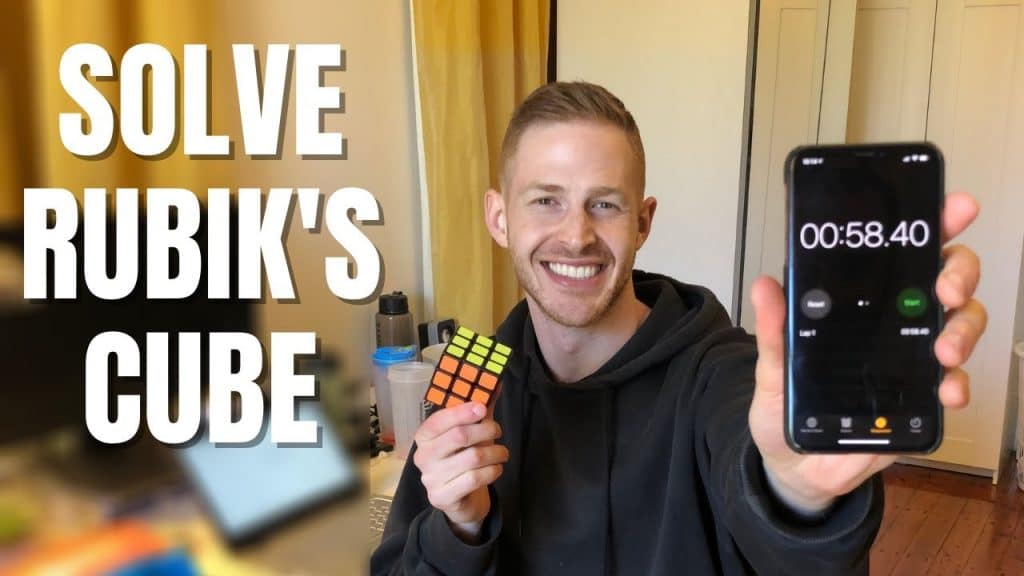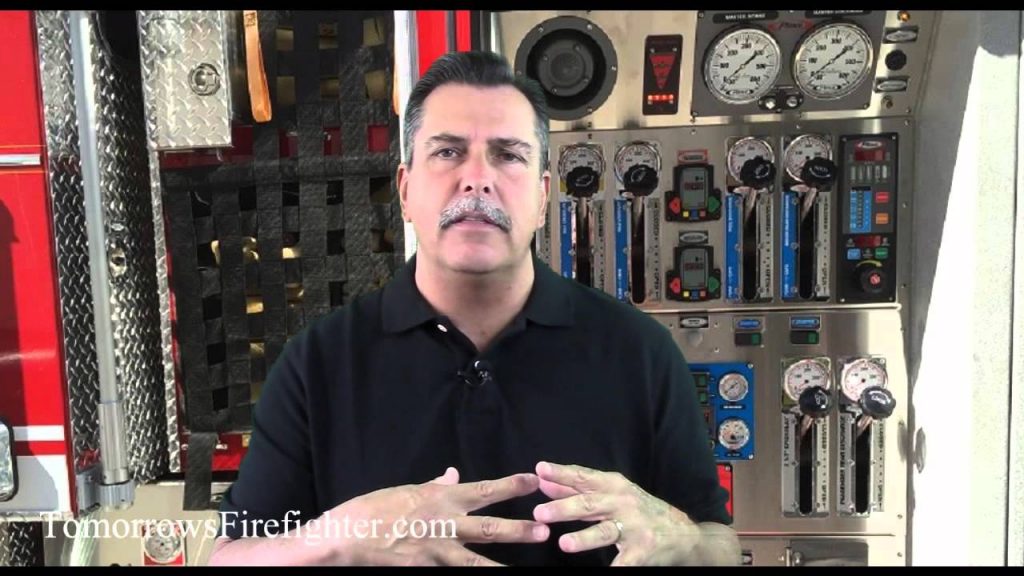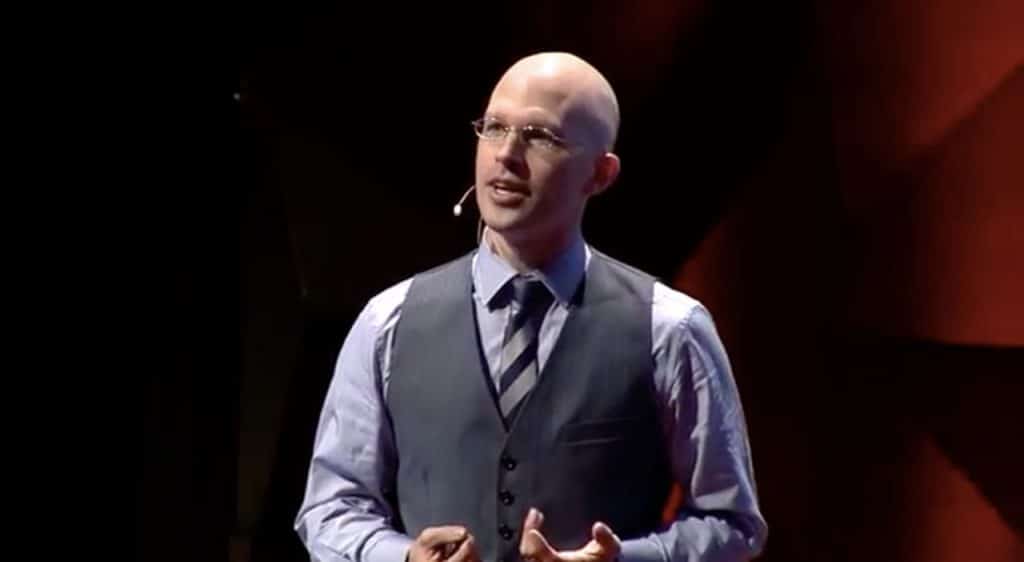Yes Theory

Saying Yes to Adventure: Exploring the Yes Theory YouTube Channel The Yes Theory YouTube Channel is a vibrant and inspiring platform dedicated to the pursuit of adventure, personal growth, and the power of saying “yes” to life’s endless possibilities. Founded by four friends – Thomas Brag, Matt Dajer, Ammar Kandil, and Derin Emre – Yes […]
Learn a new skill every month, its possible!

Learn A New Skill Every Month: It’s Possible! Learn A New Skill Every Month: It’s Possible! In today’s fast-paced world, the idea of learning a new skill every month might seem overwhelming. However, with the right mindset, approach, and resources, it’s not only possible but also incredibly rewarding. Developing personal skills not only enriches your […]
Rachael Hollis – The Tony Robbins For Women

Discover Rachael Hollis Unveiling Rachael Hollis: A Beacon of Empowerment and Resilience Rachael Hollis is a dynamic figure in the world of personal development, known for her unwavering commitment to empowering women to lead fulfilled and purposeful lives. Through her writing, speaking engagements, and online presence, Hollis has inspired millions to embrace their authenticity, pursue […]
How To Plan, Create & Make Better Online Videos

Steve Wright Videographer & Photography Instructor Steve Wright, the videographer behind the YouTube channel, delves into the intricate world of video production, sharing insights, tips, and tutorials to help aspiring filmmakers hone their craft. With a wealth of experience in the industry, Wright offers invaluable guidance on various aspects of video production, from camera techniques […]
Nick Vujicic

Nick Vujicic: A Story of Overcoming Adversity Nick Vujicic is a remarkable individual who has inspired millions with his story of resilience, determination, and unwavering positivity. Born on December 4, 1982, in Melbourne, Australia, Nick came into the world with tetra-amelia syndrome, a rare disorder characterized by the absence of all four limbs. His parents, […]
Heroes – Paul Cary (Paramedic 2020)

Honoring Heroes: The Courageous Story of Paul Cary, Paramedic (2020) Introduction In times of crisis and uncertainty, heroes emerge to selflessly serve and protect their communities. Paul Cary, a paramedic from Aurora, Colorado, exemplified the true spirit of heroism during the unprecedented challenges of 2020. His unwavering dedication to saving lives and providing critical medical […]
Developing Self Discipline

Developing Self-Discipline: A Path to Personal Mastery Self-discipline is the cornerstone of success and personal growth, enabling individuals to overcome obstacles, stay focused on their goals, and achieve their fullest potential. Here are some key steps to developing self-discipline: 1. Set Clear Goals Define your objectives clearly and precisely. Break them down into smaller, manageable […]
Leadership Speeches – Become A Leader

Leadership Speeches: Inspiring Words to Become a Leader My Favorite Leadership Speeches: In the journey towards becoming a leader, one of the most valuable resources is the wisdom and inspiration shared by those who have walked the path before us. From renowned politicians and CEOs to visionary activists and cultural icons, the world is filled […]
How to become an EMT

Navigating the Path: How to Become an EMT A Comprehensive Guide to Pursuing a Career in Emergency Medical Services Welcome to “Navigating the Path: How to Become an EMT,” a comprehensive guide designed to help aspiring individuals embark on their journey towards a rewarding career in Emergency Medical Services (EMS). In this exploration, we’ll uncover […]
Become A Firefighter

Discover A Powerful Career Or Voluteer Opportunity: Becoming a firefighter is a noble and rewarding career choice that requires dedication, courage, and a commitment to serving others. If you’re considering pursuing this path, here are the steps you can take to become a firefighter: 1. Research the Role Before embarking on your journey to become […]
Napoleon Hill

Josh Kaufman: 20 Hours To Learning A New Skill

Josh Kaufman: Mastering New Skills in Just 20 Hours Josh Kaufman, author of “The First 20 Hours: How to Learn Anything… Fast!” is a leading expert on accelerated learning and skill acquisition. Through his research and personal experiences, Kaufman has developed a proven methodology for mastering new skills in a fraction of the time it […]
Stretching For Leg Splits

Flexibility Unleashed: Stretching for Leg Splits Mastery Unlocking Your Full Range of Motion with Targeted Stretching Techniques Welcome to “Flexibility Unleashed,” where we embark on a journey to master the art of leg splits through targeted stretching techniques. In this guide, we’ll explore a comprehensive stretching routine designed to increase flexibility, improve range of motion, […]
Grip Strength Tips

Mark Pasquinilli’s Tips On Grip Strength Mark Pasquinilli is an expert in strength training and fitness, particularly known for his insights into developing grip strength. Grip strength is not only essential for activities like weightlifting and rock climbing but also for everyday tasks. Here are some tips from Mark Pasquinilli to improve grip strength: Variety […]
Wayne Dyer

The Wayne Dyer Channel Dr. Wayne Dyer was a prominent self-help author, motivational speaker, and spiritual teacher known for his transformative teachings on personal development, spirituality, and the power of intention. Born on May 10, 1940, in Detroit, Michigan, Dyer overcame a challenging childhood marked by poverty, abuse, and neglect to become one of the […]
